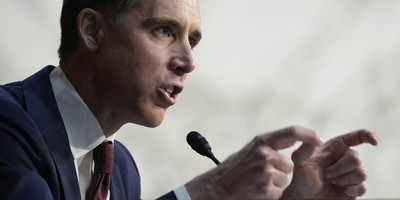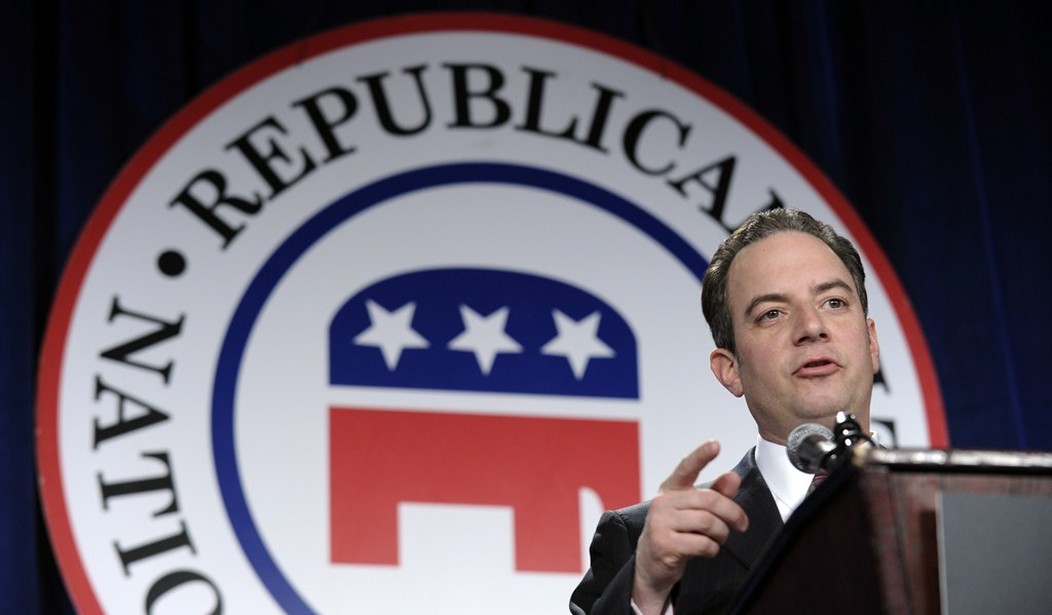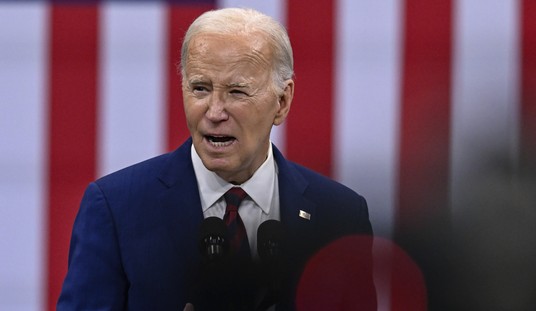Former House Speaker Tip O'Neill famously said that all politics is local. And it mostly was, in his time: He was first elected to the Massachusetts legislature's lower house in 1936 and became its speaker in 1949, and was first elected to the U.S. House of Representatives in 1952 and became its speaker in 1977.
Those were years when there was constant churning and turmoil in partisan politics. Yankee Republicans yielded majority status to Catholic Democrats in O'Neill's Massachusetts.
The South was still solidly Democratic, providing a majority of the Democratic Caucus when O'Neill came to Washington, but it started moving in fits and starts toward Republicans.
New technology, notably TV ads and direct mail, enabled members of Congress -- Republicans in the 1950s and, even more, Democrats in the 1960s and 1970s -- to run ahead of their parties in Northern states and districts.
Ticket splitting became common practice, a badge of enlightenment for many voters. Clever political entrepreneurs could establish local strongholds impervious to partisan assault.
American politics is different today, and O'Neill helped produce the change. As speaker, he sought not bipartisan majorities but one-party control. That example has been followed by speakers Newt Gingrich, Dennis Hastert, Nancy Pelosi and (fitfully) John Boehner.
Among voters, partisan churn turned into partisan loyalty. White Southerners became solid Republicans, Massachusetts Yankees staunch Democrats. Coal country became Republican, hybrid vehicle country Democratic.
Recommended
Voters with strong views on cultural issues cast straight-ticket ballots for one party. Only nine House Democrats represent districts carried by Mitt Romney and only 17 House Republicans represent districts carried by President Obama.
Such strong partisan feelings make election forecasting easier -- up to a point.
Take the 2014 contests for the House. Handicappers Charlie Cook and Stuart Rothenberg carefully assess candidate quality and local trends.
But what's most important is that in 2012, Romney carried 226 House districts and Obama only 209. That's because strong Democratic voters -- blacks, Hispanics, gentry liberals -- tend to be clustered in relatively few districts.
In November 2012, Obama's job approval (50 percent) was almost identical to his percentage of the vote (51 percent). Now his job approval is sharply down. That weakens Democrats in just about every district and makes it very hard for them to overturn the Republicans' House majority.
In the Senate, Republicans need a net gain of six seats for a majority. They have obvious targets: seven Democratic-held seats in states carried by Romney.
South Dakota and West Virginia, where incumbents are retiring, look like easy pickups. Montana, where a little-known lieutenant governor has been appointed to fill a vacancy, may be another.
Democratic incumbents are running behind or (always trouble for an incumbent) below 50 percent in four Romney states -- Alaska, Arkansas, Louisiana and North Carolina.
The field seems to have widened to target states Obama carried in the 2012 presidential election. Gallup shows his approval down even more than the national average in each of them.
They include Colorado, Iowa, New Hampshire and even Michigan, which was a target state only briefly if at all.
Perhaps even Minnesota, the one state Ronald Reagan never carried, but which voted only 54 percent for Obama, or Oregon and Virginia, where incumbents seem strong but may have serious challengers.
Republicans surely won't win all or perhaps even most of these races. But they seem likely to make serious gains, with the only possible offsetting losses in Romney states Georgia and Kentucky.
I have said that prediction today is relatively easy, up to a point -- actually, two points.
One is that candidate quality matters in Senate races. Republicans lost winnable races in 2010 and 2012 with suboptimal (to put it politely) nominees. That could happen again.
The other point is that two-party competition is fierce and close. During Tip O'Neill's years in Congress, presidential candidates won the popular vote by an average 12 percent. Since he retired in 1986, the average has been 5 percent.
Republicans have won House majorities in eight of 10 elections starting in 1994. But they have never won more than 242 seats. In the eighteen elections from 1958 to 1992, Democrats never won less than 243.
So while it's easy to see the general drift, it's harder to peg which side will get those last few electoral votes or seats that make the difference between victory and defeat.

























Join the conversation as a VIP Member